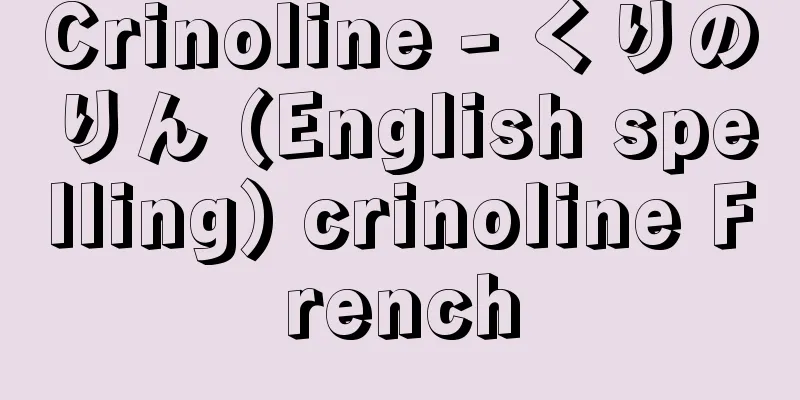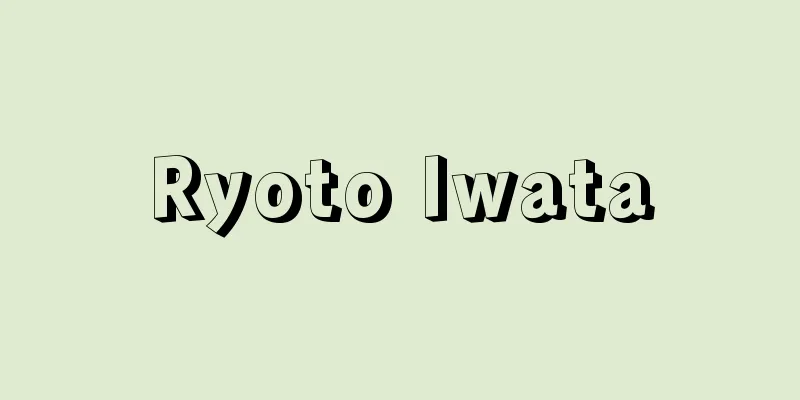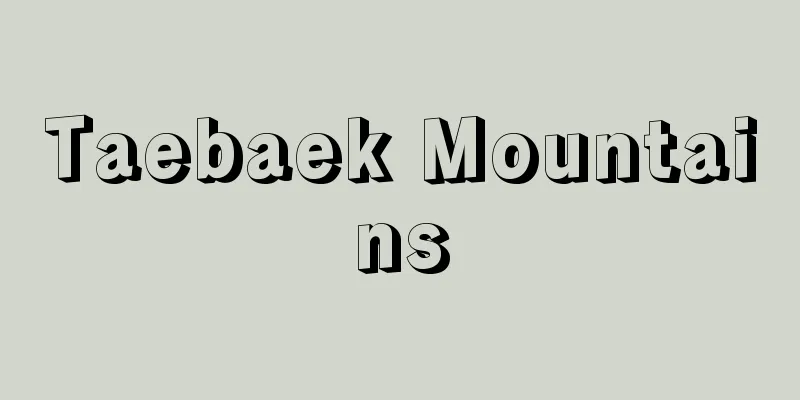Jean Dubuffet

|
French painter. Born in Le Havre. He studied at the art school there, but in 1918 he moved to Paris to enter the Academie Julian. However, after six months of study he decided to study on his own. He spent his youth with a wide range of interests, including literature, music, and foreign languages, but after completing his military service he gave up painting for eight years and worked in his family's wine business. In 1930 he established his own firm and moved to Bercy. In 1933 he took up his paintbrush again, producing masks and dolls with faces. From 1937 he again abandoned painting for five years and devoted himself to the wine business. During World War II he was mobilized to serve in the weather observation corps, and from 1942 he devoted himself entirely to painting. He rejected "aristocratic art or chapel art" and his free-flowing style of carving grotesque or humorous figures into oil paint mixed with sand and tar was praised by many critics as a new style of painting after the war. Dubuffet defined portraiture as "anti-psychological, anti-individual" and flew to the Sahara Desert three times to explore "fairy landscapes." He conceived his works as the art of the insane and the weak that exist "outside the bounds of civilization," and named them "art brut" (raw art). He continued to express humans and the earth that exist outside the bounds of rationality using free materials and techniques, such as polyester sculptures. [Kimio Nakayama] "Ichiro Hariu Commentary on 'Art of the Modern World 21: Dubuffet' (1986, Shueisha)" Source: Shogakukan Encyclopedia Nipponica About Encyclopedia Nipponica Information | Legend |
|
フランスの画家。ル・アーブルに生まれる。同地の美術学校に学ぶが、1918年パリに出てアカデミー・ジュリアンに入る。しかし6か月学んだだけで独学を決意。文学、音楽、外国語などに多角的な関心をもって青年期を過ごすが、兵役終了後、8年にわたって画業を中断し、家業のぶどう酒商に従事し、1930年に彼自身の商会を設立しベルシーに住む。しかし33年ふたたび絵筆をとり、さらに顔をかたどった仮面や人形を制作。37年から5年間、再度、絵画を放棄してぶどう酒業に専念。第二次世界大戦で気象観測隊に動員され、1942年から完全に画業に専念することとなる。「貴族的な芸術、あるいは礼拝堂の芸術」を否定し、自由な線描、油彩に砂やタールを混ぜた画面にグロテスクな、あるいはユーモアのある人物像などを線で彫り込んだ画風は、大戦後の新たな絵画として多くの批評家にもてはやされた。 肖像画を「反心理学的、反個人的」と規定し、サハラ砂漠に三度飛行して「妖精(ようせい)的風景」を探求するデュビュッフェは、「文明の枠の外」にある狂気、弱者の芸術として彼の作品を構想し、それらを「アール・ブリュト」L'art brut(生の芸術)と名づけた。その後もポリエステルの彫刻など、自由な材料と自由な技法で、合理的精神の枠外にある人間や大地を表現し続けた。 [中山公男] 『針生一郎解説『現代世界の美術21 デュビュフェ』(1986・集英社)』 出典 小学館 日本大百科全書(ニッポニカ)日本大百科全書(ニッポニカ)について 情報 | 凡例 |
Recommend
North China Oil Fields - Kahoku Yuden
…It was a rural area producing wheat, corn, sorgh...
Koryŏng kobungun (English name)
It is located in Goryeong-myeon, Goryeong-gun, Gye...
Okayama Port
A port in Okayama Prefecture. Located at the mouth...
card
〘 noun 〙 [one] (card) A small piece of paper cut t...
Econometric model
Econometric model. In economic theory, economic ca...
Cork (English spelling)
A special city in the southwest of Ireland, in the...
PIE syndrome - PIE syndrome
A syndrome in which infiltrative shadows are seen ...
Sobhuza II (English spelling)
...However, under the indirect rule of the Britis...
Neriginuza - Neriginuza
Also called Kinuza, this troupe was based in Gion ...
Kakuchi Shoin - Kakuchi Shoin
...Later, natural history came to be called Gechi...
Librarian - Shisho (English spelling)
Librarians are staff engaged in specialized libra...
Soapwort
Also known as soapwort. A perennial plant of the C...
Boater
...After World War II, it was rarely worn by anyo...
Anshar
...The process by which Ashur transformed into th...
Kasane - Kasane
A common name for a legendary woman and a play th...

![Owani [town] - Owani](/upload/images/67cb1923d87ee.webp)







